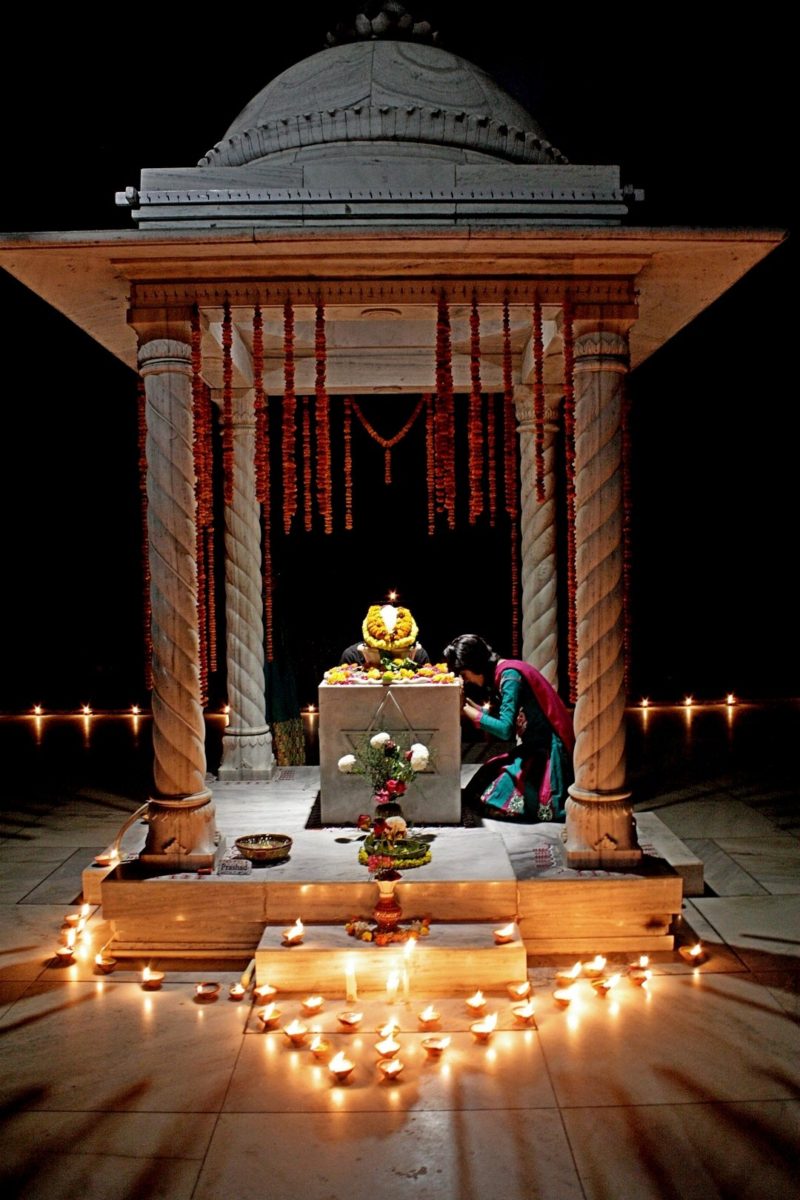The institution of Relics is ancient. It is not a part of religion though it may enter into the system of rituals in some way or other. It is based on a sound principle of consciousness. We have known the tradition of not using things associated with men of evil. Objects used by them or owned by them, carry the taint of evil and communicate it to those who come into possession of them. So also things belonging to those with a broken destiny are known to carry a strong negative force in them. These facts are well-known in occult circles and something of this knowledge has percolated in the common traditions of the people.
 The reverse is equally true, perhaps more true. Things used by developed persons imbibe the consciousness of the person concerned. The quality of the person permeates the object. This is specially so with holy persons, spiritual personalities. Their consciousness is of a high order, with special potency and whatever has been handled by them for long, is instinct with their power. The consciousness of a God-realised person is of a distinct kind; it is eternal, divine. If the objects associated with such a person carry the charge of his consciousness, it is much more so with anything that forms part of his body. Each part absorbs continuously the consciousness that is housed in the body. That is why in our spiritual tradition, those who have attained to divinity are not cremated. When they pass away, their bodies are buried so as to preserve their divine vibrations for the good of the world. That explains why Sannyasins are not cremated; they are supposed to have absorbed divine vibrations in consciousness. Of course some saints expressly leave instructions for cremation, that is a different matter.
The reverse is equally true, perhaps more true. Things used by developed persons imbibe the consciousness of the person concerned. The quality of the person permeates the object. This is specially so with holy persons, spiritual personalities. Their consciousness is of a high order, with special potency and whatever has been handled by them for long, is instinct with their power. The consciousness of a God-realised person is of a distinct kind; it is eternal, divine. If the objects associated with such a person carry the charge of his consciousness, it is much more so with anything that forms part of his body. Each part absorbs continuously the consciousness that is housed in the body. That is why in our spiritual tradition, those who have attained to divinity are not cremated. When they pass away, their bodies are buried so as to preserve their divine vibrations for the good of the world. That explains why Sannyasins are not cremated; they are supposed to have absorbed divine vibrations in consciousness. Of course some saints expressly leave instructions for cremation, that is a different matter.
This is the broad background. We have known in history the importance paid to the Tooth of the Buddha. It is not any religious superstition that sways the masses. There is a sound spiritual truth underlying the institution. Sri Aurobindo, as all know, went beyond the traditional God-realisation state, the jivanmukti realisation. Basing himself upon it, he worked to invoke and embody the highest Truth- Consciousness in himself in order to establish it on Earth for the benefit of mankind. In other words he strove to divinise his physical body. A distinct testimony to this feature of his life was provided by the unique fact that even after he withdrew from his physical body, it continued to emanate the glow of the supramental consciousness; the body would not disintegrate for full five days. Naturally his vibrations continue to emanate from the Samadhi where his body has been interred. Nobody can escape this impact in the environs of the Samadhi.
Luckily for us, some precious parts of his body like hair, nails, have been preserved by Champakalji who was personally attending on him. They were collected and preserved down the years with tender care and love. The Mother has charged them further with additional supramental force so that they may communicate their consciousness to all without fail. It is these parts of Sri Aurobindo’s person that are now cherished and carried to distant shrines as Relics. Where these Relics are, there Sri Aurobindo’s physical presence is. We have experienced this even in far off places like London, Florida, where the Relics have been established in special shrines.
It is not enough to open such shrines. The special atmosphere created by the Relics must be tended, preserved by the devotees. They have to contribute their aspiration, purity and consecration so as to guard the sanctity against dilution, pollution. Sri Aurobindo is physically present in these Centres and it is a great responsibility to uphold the sanctity by maintaining high standards of purity around. Sri Aurobindo Shrine is not in the common run of a temple looked after by a priest. It is vibrant focus of a special spiritual Force that has been brought down from the world of Light on Earth to guide and lead its Journey to the Sun of Truth. Properly tended, the Shrine grows in its radiation, it remains ever-new.
[Selected Works of M.P. Pandit., Vol. 1, p. 266-268]
<this is a repost from 2017>



